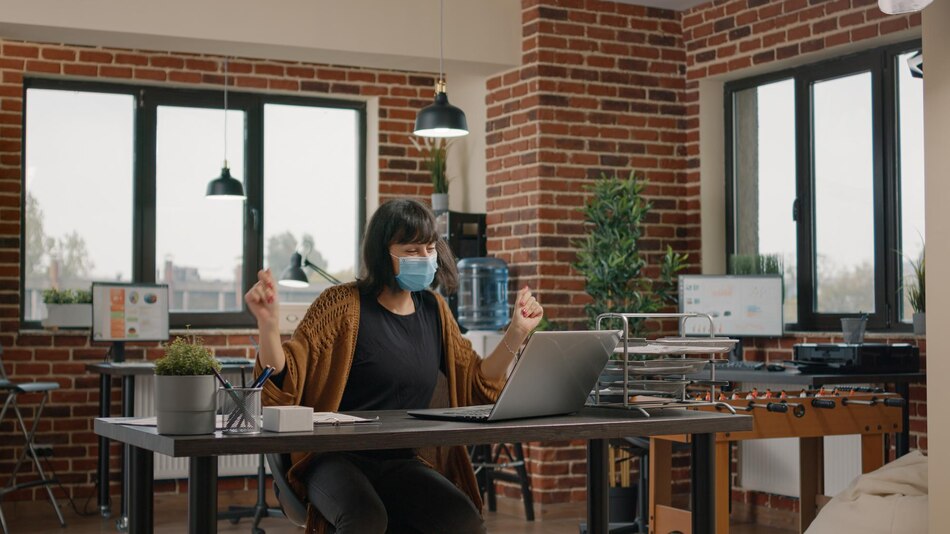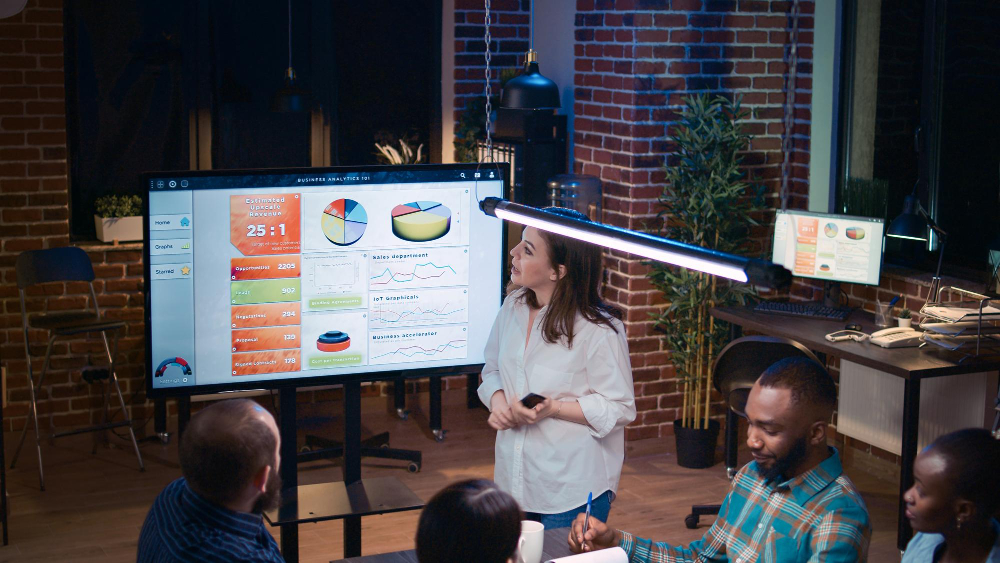Blog

Secrets in Creating a Happy Hybrid Workforce with Desk Reservation System
Many businesses are presently assessing their “return to work” objectives and visions. They seek to determine whether or not to bring workforces into the workplace, how to retain safety precautions, and what type of real estate to invest in.
Due to the outbreak, employees’ perceptions of work have shifted after a year of a full-time remote job. The “future of work” is here. Businesses must enable a hybrid workplace while using desk reservations.
A Post-Pandemic Phenomenon: The Hybrid Workplace
What is the definition of a hybrid workplace? A hybrid workplace prioritizes flexibility and accommodates both in-office and remote employees. These practices are now the gold standard for companies bringing their skilled workers back to the office while still supporting their remote workers.
Desk reservation is gradually gaining traction as one of the most effective ways to improve work environments and adapt them to a more diverse workforce that enables them to work efficiently and productively.
Organizations must install a desk scheduling solution, like those used in universities, such as scheduling software for colleges to manage seating plans and allow workplace flexibility as they welcome the happy hybrid workforce paradigm. Though it may appear to be a complex undertaking, implementing a desk scheduling tool will improve and enrich a team member’s work experience. It will give them all the resources they may require through a single, easy-to-use interface.
Why Using Room Reservation Software Creates a Happy Workforce
Establishing a hybrid scheduling approach seems impossible without the necessary tools. Room reservation software allows you to manage your employees’ time both remotely and in the office. A dependable desk reservation software helps you with the following:-
- Make it simple for your company to set up desks, meeting rooms, and collaboration places for all of your employees.
- Enables you to define and implement space reservation restrictions. Allows your staff to manage their workstations and practice privacy when necessary.
- Allows teleconferencing, which is critical because a significant section of the workforce works from home.
- Safe distance, room capacity, and other measures to ensure that you fulfill safety regulations.
- Wayfinding assistance assists people in their navigation.
- Provides data-backed transparency into actual space usage, which improves space utilization.
Using Room Reservation Solutions to Enable Harmonious Hybrid Work
Your workers can work in a hybrid model using room reservation software because it provides:-
- Touchless, on-the-go reservation solutions
- Office and desk hoteling functionality
- Reservation of a collaborative space
- Control over sanitization and safety procedures
- Integrations with video conferencing
- Metrics for space usage
1: Touchless, on-the-go reservation options
Team members will still need to schedule conference rooms and private work locations even if they are only in the building a few days a week in the future. Employees can arrange locations for collaborative work, such as conferences and private areas, using a meeting room manager software.
Users may also scan and reserve rooms from their mobile phone or tablet thanks to QR codes and digital signage across the workplace, delivering a more versatile experience. Outside conference rooms, tablets, or kiosk displays enable quick workspace booking or one-touch information reading, giving your staff a more interconnected, dynamic experience.
2: Office and Desk Hoteling Functionality
Reorganizing workspaces after an outbreak can be expensive and time-consuming. Still, your workforce does not want to return to the open floor plan workplace with reserved seating and workstations. A room booking solution for office and desk hoteling is a technology-based strategy to workplace restructuring that allows for quick adoption, 24/7 access to workspaces, and precise entry and availability management.
Office managers can utilize a desk reservation system to create safe and “no use” areas to preserve social distance standards and desk groups for teams and departments. They can also effectively track who sat where in a contract tracing scenario when a team member becomes infected with the virus.
3: Collaborative Environments
Workers want security and flexibility when they return to work. Still, they also need to be able to engage with coworkers in a regulated, safe environment. The location and workforce scheduling required in these places are provided through room booking solutions.
4: Sanitation & Safety
Reopening workplace facilities necessitates social distancing, masks, de-densifying corporate offices, and sanitization initiatives. Organizations can coordinate with cleaning services and ventilation initiatives by using a room booking solution to promote team member wellbeing.
Staff can scan QR codes or submit work orders for facilities to be disinfected after each use or see difficulties with a holistic room booking model that enables facilities managers to plan cleanings after utilized areas. Employers must be aware of the importance of ventilation while returning to work.
5: Integrations for Video Conferencing
The return to work is hybrid, which indicates that a significant section of the workforce will continue to work remotely. In contrast, others return to the virtual office. Businesses will need to be wholly integrated for teleconferencing technologies to preserve communication and productivity among the workforce. These interactions are crucial for ensuring faster communications between workers, conducting successful meetings, and managing scattered teams with a conference room manager.
6: Metrics for Space Usage
Since the outbreak of the COVID-19 pandemic, real estate expenses have become a significant worry for organizations. Many businesses have had vacant offices for more than a year, and some have shrunk or reorganized their locations. Enterprises need to have insight into their space consumption when planning for the return to work to measure:-
- What they are doing with their areas
- Which areas are the most often used?
- Which parts of the office are the busiest?
- How people are arranged in their work environment
- How frequently do you utilize scheduling software?
A room booking system can track and provide these data, helping enterprises identify if their facility is underused and thus, save money and real estate. Making modifications to your commercial space, such as adopting more integrated technology, eliminating high-contact activity locations, and reconsidering downsizing depending on attendance monitoring, can help your business become more efficient and decrease real estate-related risk.
What’s the Difference Between a Dedicated and a Hot Desk?
For on-site setups, hot desking is more of an on-demand and ready method. It allows employees to stroll straight up to available workstations and spaces and reserve them right then and there. The room is then secured to meet their requirements, but it is also a highly adaptable solution.
Dedicated workstations, on the other hand, are the polar opposite of hot desks. They are dedicated workstations for a single team member, group, or department. They are not shared and cannot be used as a “hot desk” because they are assigned to one person at a time.
The Takeaway
Before your team members come back to work, organize and adapt to a hybrid workplace. The room and resource scheduling solution from DeskFlex is a highly customizable, scalable system that provides seamless space reservation, interactive video conferencing, and consistent disinfection and safety measures. It has all the features you need to achieve a well-managed hybrid schedules workplace, even with remote and on-site employees.
Determining what your company needs will help you decide which tools and equipment are suitable to streamline your operations. Finding and implementing the correct methods for your team effectively achieves your company’s goals and objectives despite the unfortunate circumstances.



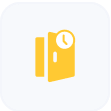

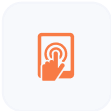
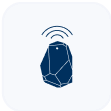
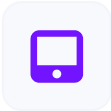
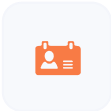
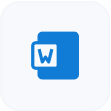


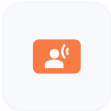


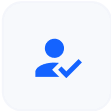



































 Support
Support  Demo
Demo  Blog
Blog 
